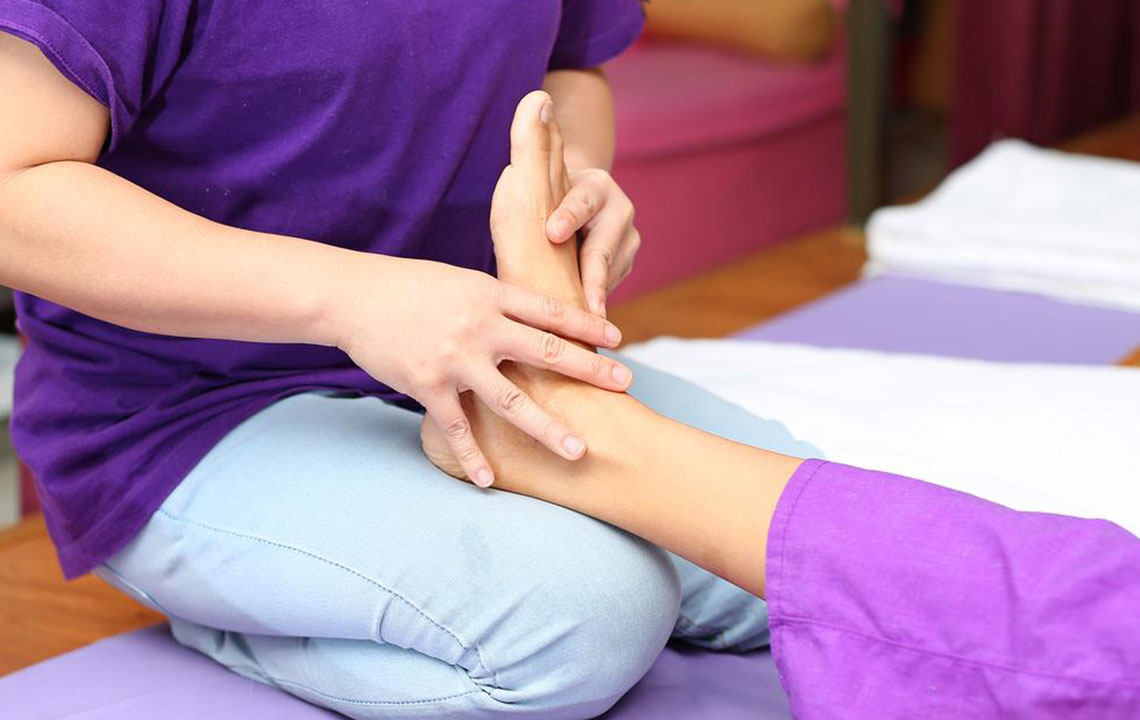Treatment Options Available for Foot Neuropathy

Peripheral neuropathy is the aftereffect of the damage to the peripheral nerves. It results in a great amount of pain; moreover, you have to deal with numbness and weakness. The pain is felt usually in your feet and hands. It affects other body parts as well. If your doctor senses peripheral neuropathy, he/she will refer you to a neurologist who will assess the history of your symptoms in a detailed manner. Signs of impaired reflexes, numbness, and muscle weakness will be investigated. Sometimes, blood and urine tests are needed for checking the underlying disease that causes peripheral neuropathy.
What are the best foot neuropathy treatment options available?
Nerve condition velocity and electromyogram tests
Nerve condition velocity and electromyogram tests are needed in the case of some patients for the treatment of foot neuropathy. These tests are conducted for analyzing muscle, nerve function, and to measure the electrical properties of your nerves. With the help of these procedures, neurologists can identify the problematic nerves and they decide which area of your structure is damaged.
Other types of tests
Other procedures involving the diagnosis and treatment of foot neuropathy are muscle and nerve and biopsies. They give a clear cut idea about the type and cause of the problem. For determining inflammation or infection, doctors also advise a lumbar puncture or a spinal tap. If someone in your family was already diagnosed with neuropathy, the doctor may want to review medical records to explore the possibility of hereditary links.
Treating the underlying reason in the key
The prognosis and treatment of foot neuropathy have a lot to do with the underlying cause of the nerve damage. For instance, a neuropathy disorder can be an aftereffect of a vitamin deficiency. In this situation, this deficiency should be treated and reversed with the help of vitamin therapy and a healthy diet. Similarly, nerve damage caused by alcohol abuse needs to be treated and reversed by eliminating alcohol consumption. Other types of neuropathy disorders have to be dealt with in the same way. Fast diagnosis and early treatment are the two critical factors when it comes to peripheral neuropathy. You must understand that the peripheral nerves have only restricted capacity for regeneration, and the regenerative capacity of the nerves deteriorates very fast when the issue remains untreated. Foot neuropathy treatment only prevents the progression of the problem, the damage cannot be reversed. For reversing the issue, you have to undergo treatment for the underlying reason. Some people become seriously impaired as this condition demands physical therapy to regain strength and eliminate muscle spasms and cramping.
Surgical options
Neurologists recommend surgical treatment for those people who are suffering from nerve damage due to nerve compression or injury. Helpful aids such as a wheelchair, walker, and cane are sometimes needed. The doctors also prescribe medication to prevent chronic pain experienced on the foot.
Self-care and home remedies
In addition to painkiller medications and other medical treatments, self-care and home treatments can help eliminate the occurrence of more serious problems. Some of the home remedies activate the natural painkillers in your body for making you feel good.
Daily walks
If you are experiencing chronic foot pain, you can exercise to let the body release natural painkillers known as endorphins. Exercise also encourages blood flow to the nerves in the feet and legs. Various research studies suggest that regular exercise produces long-lasting blood vessels expansion in the feet and creates a nourishing effect on the damaged nerves to deliver excellent relief. You can opt for a daily walk during the initial stage and on a gradual basis, the pace and distance can be increased to control foot neuropathy.
Pamper your feet
If the nerve pain results in extreme feet pain, providing good foot care is a good option to manage the discomfort. Nerve pain leads to impaired sensation and makes you susceptible to infections and injuries. You must examine your feet daily and wear comfortable shoes. One of the most effective foot neuropathy treatment options is to regularly see a podiatrist. You should not undermine the impact of a small wound on your foot. Even for these simple problems; you have to consult with a doctor.
Taking a warm bath can bring great relief for the pain on the feet. It does not cost you much and the nerve pain can be controlled to a great extent. Warm water improves the blood flow to the legs and the stress can be eased in the best manner. Other effective options include controlling alcohol use, ensuring sound sleep, applying capsaicin cream, using anesthetic lidocaine, rubbing botanical oils, and practicing meditation. All these remedies complement the medications to control your foot neuropathy.


